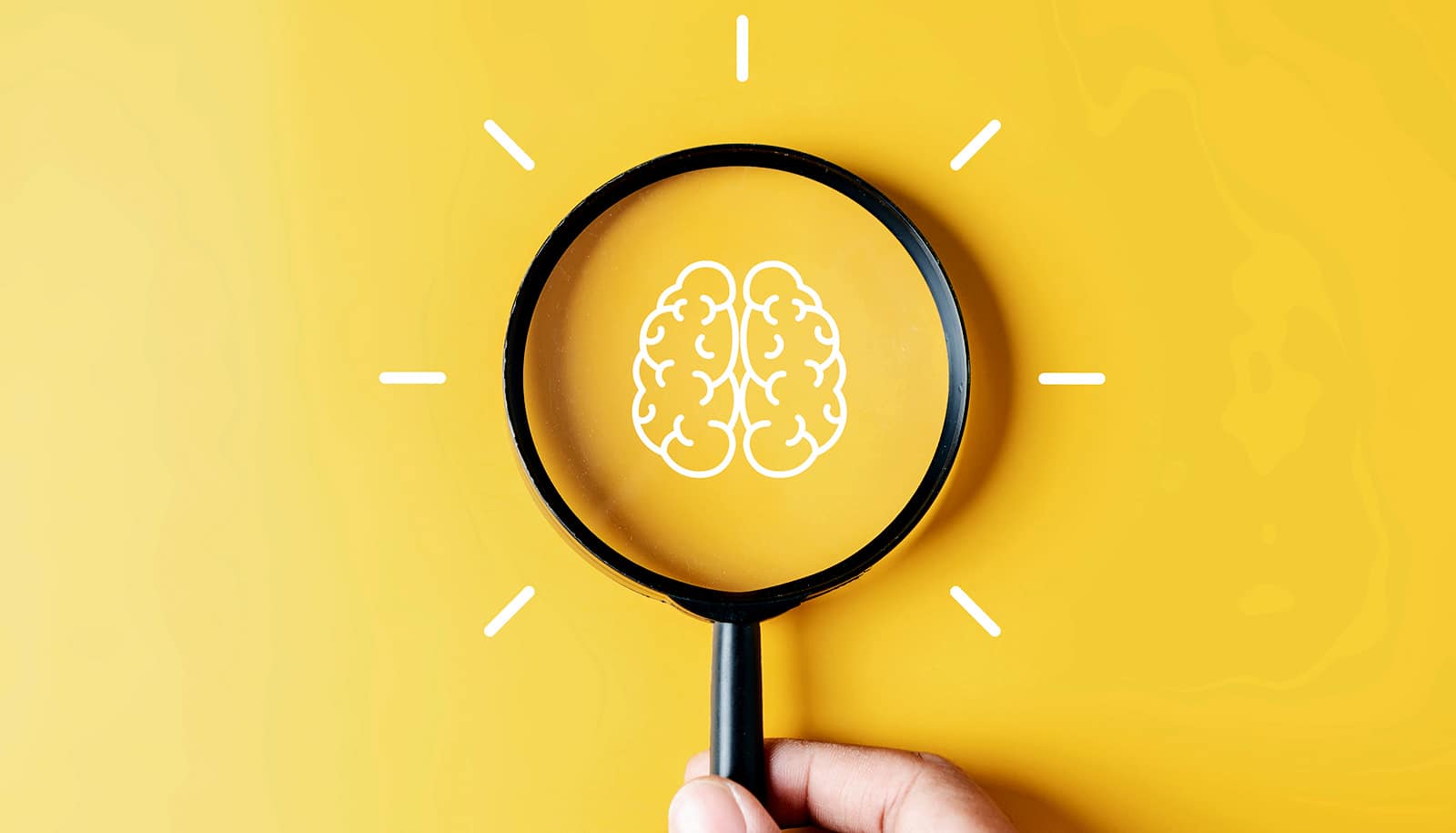Researchers have discovered the neurons responsible for “item memory.”
The work deepens our understanding of how the brain stores and retrieves the details of “what” happened and offers a new target for treating Alzheimer’s disease.
Memories include three types of details: spatial, temporal, and item, the “where, when, and what” of an event. Their creation is a complex process that involves storing information based on the meanings and outcomes of different experiences and forms the foundation of our ability to recall and recount them.
The study in the journal Nature is the first to reveal the role of specific cells in how the brain classifies and remembers new information, particularly when linked to rewards or punishments.
“Understanding this process is crucial because it deepens our insight into the fundamental way our brains function, especially in learning and memory,” says corresponding author Kei Igarashi, a fellow and associate professor of anatomy and neurobiology.
“Our findings shed light on the intricate neural circuits that enable us to learn from our experiences and store these memories in a structured way.”
The researchers studied mice brains, focusing on the deeper layers of the lateral entorhinal cortex, where they discovered specialized, item-outcome neurons essential for learning. Odors are critical sensory cues for item memory in mice. Some neurons became active when exposed to the scent of banana, associated with a sucrose water reward. Other neurons responded to the smell of pine, associated with a bitter water negative outcome. A mental map divided into those two categories was formed in the LEC.
Anatomically, neurons in the deep-layer LEC are tightly connected with neurons in another brain region, the medial prefrontal cortex. Team members observed that neurons in the mPFC developed a similar mental map during the learning process.
They also found that when the activity of the LEC neurons was inhibited, those in the mPFC failed to properly distinguish between positive and negative items, leading to impaired learning. Conversely, when the mPFC neurons were inhibited, the ability of the LEC to keep item memories separate was totally disrupted, impairing learning and item memory recall. This data indicated that the LEC and mPFC are codependent, working together to encode item memory.
“This study is a significant advancement in our understanding of how item memory is generated in the brain,” Igarashi says.
“This knowledge now opens up new avenues for investigating memory disorders, such as Alzheimer’s disease. Our data suggests that item memory neurons in the LEC lose their activity in Alzheimer’s. If we can find a way to reactivate these neurons, it could lead to targeted therapeutic interventions.”
Support for the study came from the National Institutes of Health, BrightFocus Foundation, and the UC Irvine Medical Scientist Training Program.from the University of California, Irvine
Source: UC Irvine



